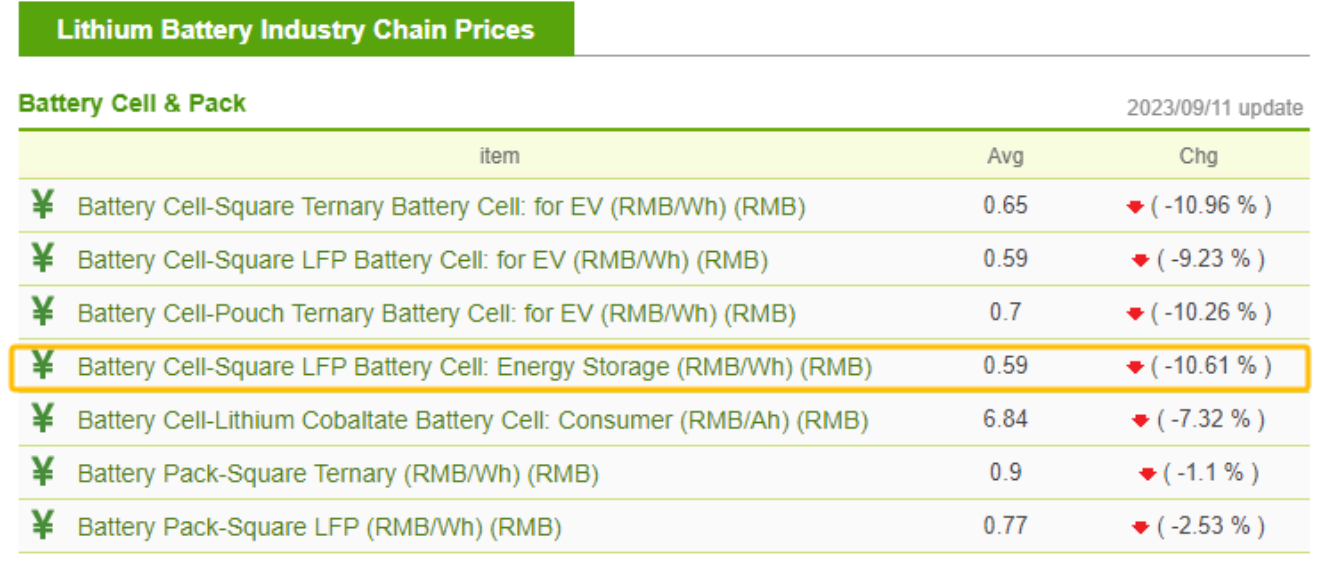
Inquiry
Commercial and Industrial (C&I) Storage Systems
C&I storage systems provide a dependable and secure energy supply. When combined with a PV system, can even replace a dedicated conventional fossil-fuel power plant. They are also economically appealing since they can handle changing power pricing and help avoid expensive peak demands (peak shaving). Commercial storage, when combined with self-generated photovoltaic electricity, can help boost the business's solar self-sufficiency.
Stability and Reliability
The C&I storage system has been used in critical infrastructures as an uninterruptible power supply (UPS) during power failures for decades. Hospitals, data centers, and industry are now becoming increasingly interested in the multi-use application of this type of storage, in which self-consumption, peak shaving, and charging infrastructure come into play in addition to security of supply.
Cost
Energy storage system expenses are on a downward trajectory. Battery-grade lithium carbonate prices have been steadily decreasing since the end of 2022. As of September 18th, 2023, the average price of battery-grade lithium carbonate (99.50%, made in China) stood at 181,000 yuan/tonne, marking a significant 65.85% reduction from the end-of-December 2022 price of 530,000 yuan/tonne. Considering that a single GWh battery requires approximately 600 tons of lithium carbonate, a 100,000 yuan drop in the price of one ton of lithium carbonate translates to an approximate 0.06 yuan/Wh reduction in battery cell costs. Consequently, the current pricing of energy storage battery cells has decreased compared to the beginning of the year.
According to TrendForce, as of September 11th, 2023, the average price of square lithium iron phosphate energy storage battery cells is 0.59 yuan/Wh. The combination of declining raw material prices, increased battery capacity production, and heightened market competition has led to a noticeable decline in energy storage system pricing.
Technologies
- Lithium-ion batteries
- Redox-flow batteries
- High-temperature batteries (sodium-sulfur batteries and sodium-nickel-chloride batteries)
- Combination of different battery technologies (hybrid storage systems)
- UPS: Lead acid is still dominant. Lithium-ion batteries growing stronger
Future Technologies
e.g. zinc-ion batteries
Advantages
- Economical
Reduction of grid usage fees and electricity costs (peak shaving), use of variable electricity tariffs (energy arbitrage), reactive power compensation, prevention of grid expansion, use of own electricity in combination with decentralized RE.
- Ecological
Increase self-consumption of renewable energy (PV) and solar coverage rate, reduce CO2 footprint, and reduce grid expansion needs at the distribution grid level.
The business operation mode of the C&I Energy Storage System
Two primary business models drive commercial and industrial energy storage operations. In one model, businesses install their energy storage equipment, directly cutting electricity costs. While this approach demands an initial investment and yearly maintenance expenses, it offers direct control to users.
The alternative model involves energy service companies supporting users in installing energy storage. These companies invest in constructing energy storage assets and manage their operation and maintenance. In this scenario, industrial and commercial users pay the energy service companies for their electricity costs.
Meanwhile, user-side energy storage has seen widespread adoption across various applications. From charging and swapping stations to data centers, 5G base stations, port shore power, and heavy truck swapping, energy storage finds versatile usage in multiple scenarios.
Our expert will reach you out if you have any questions!

